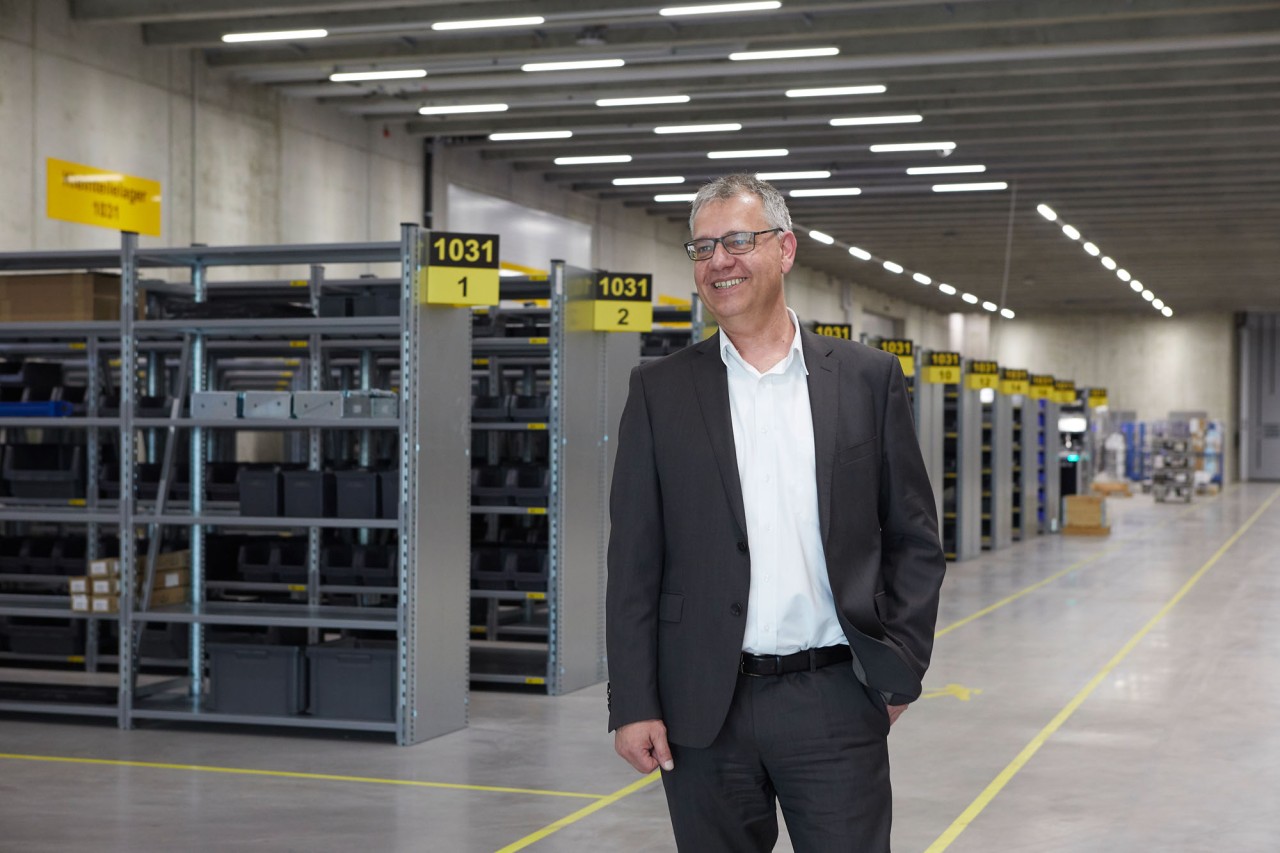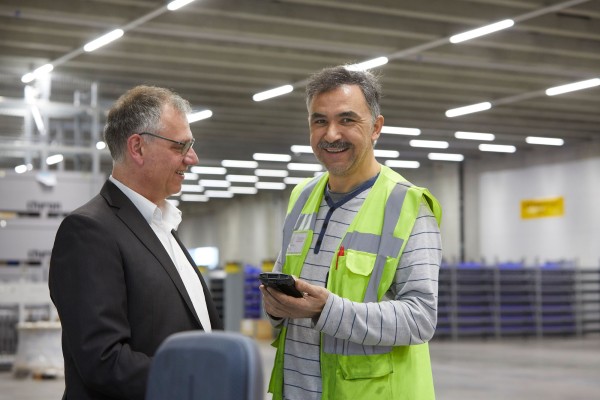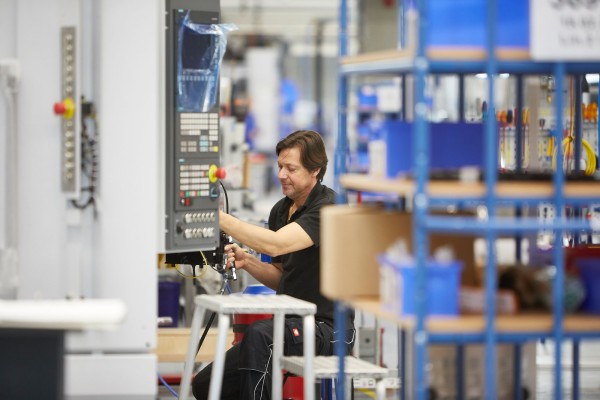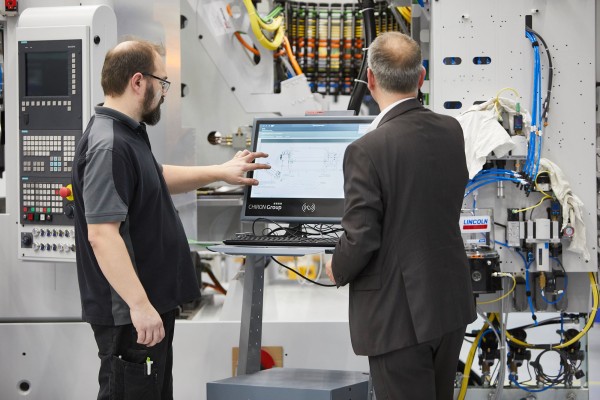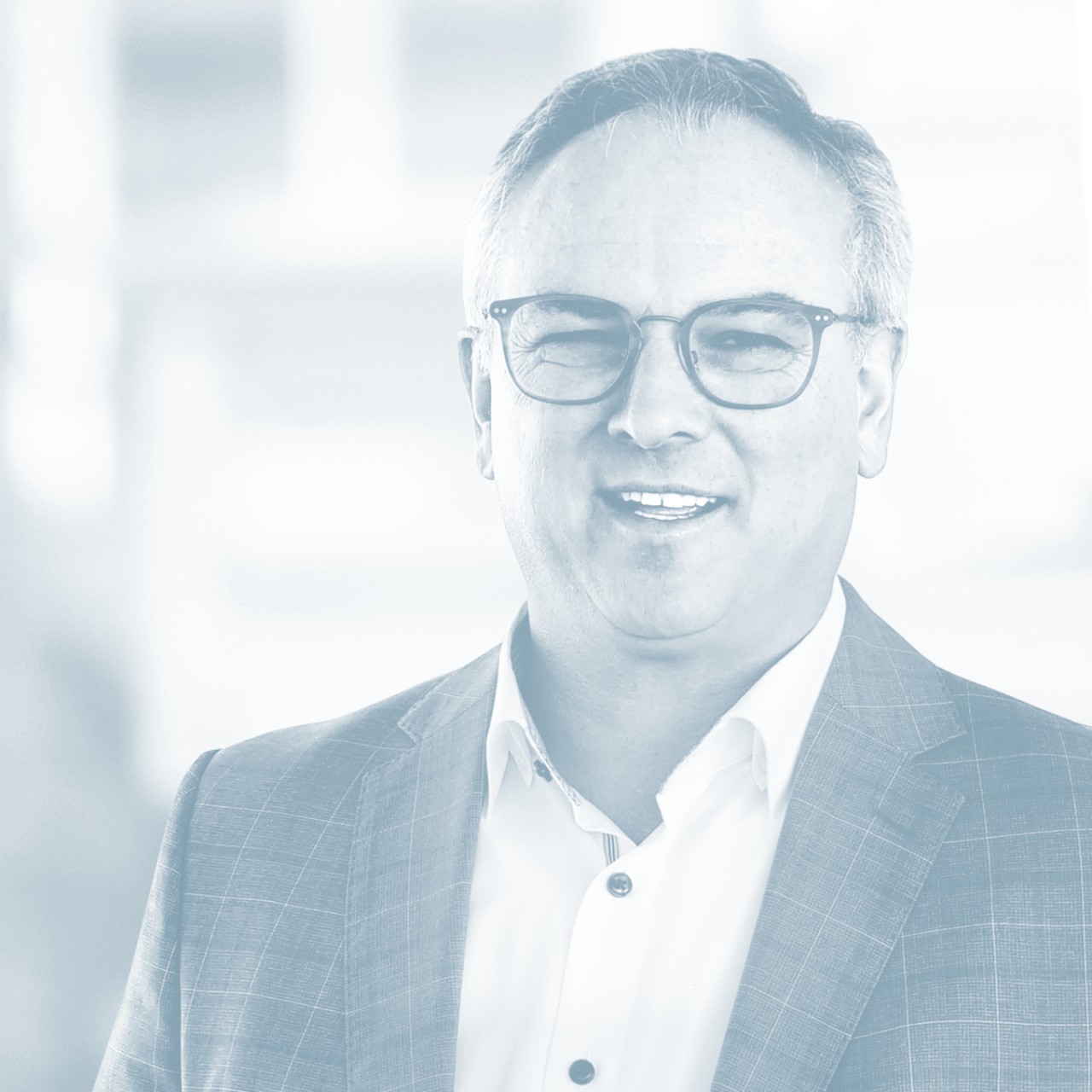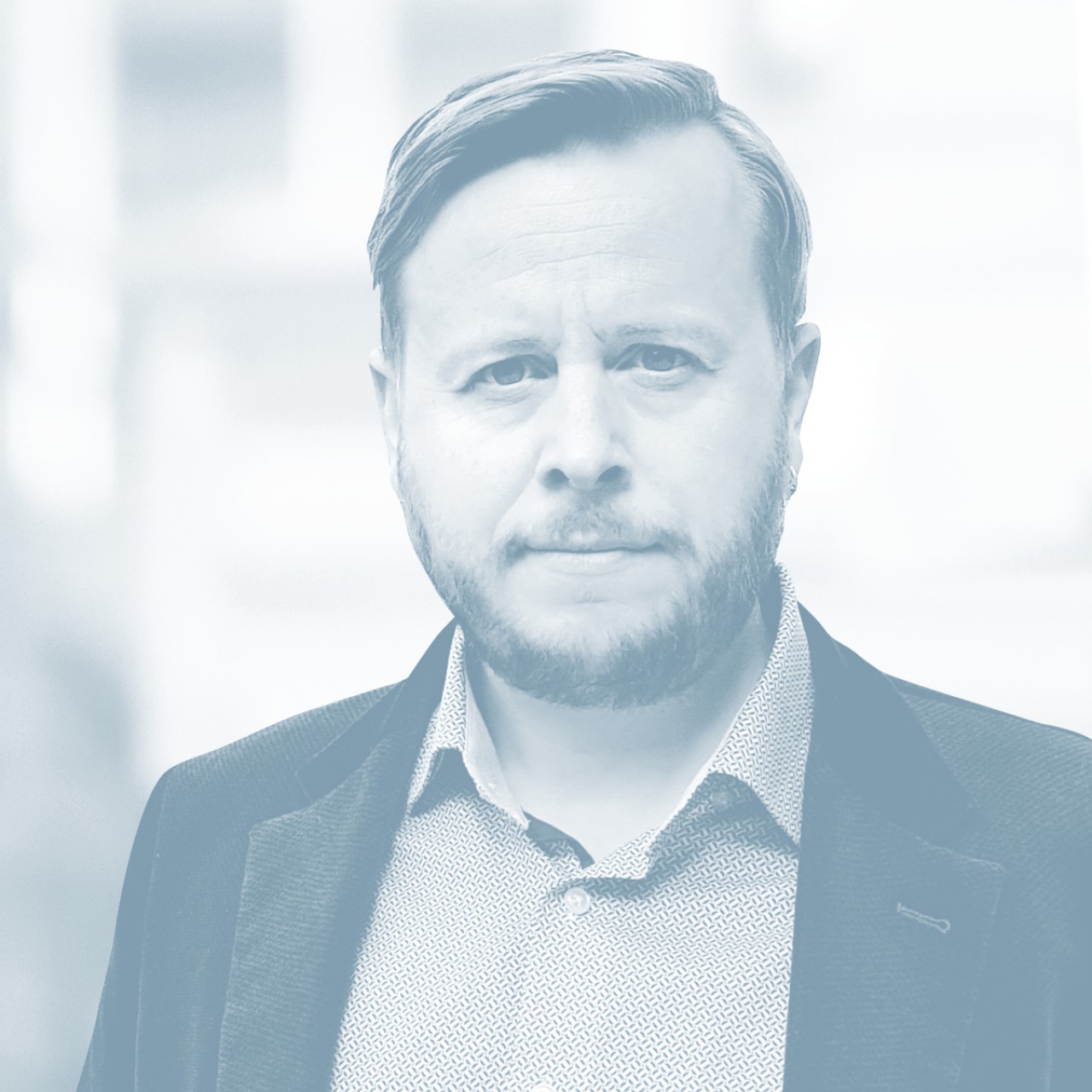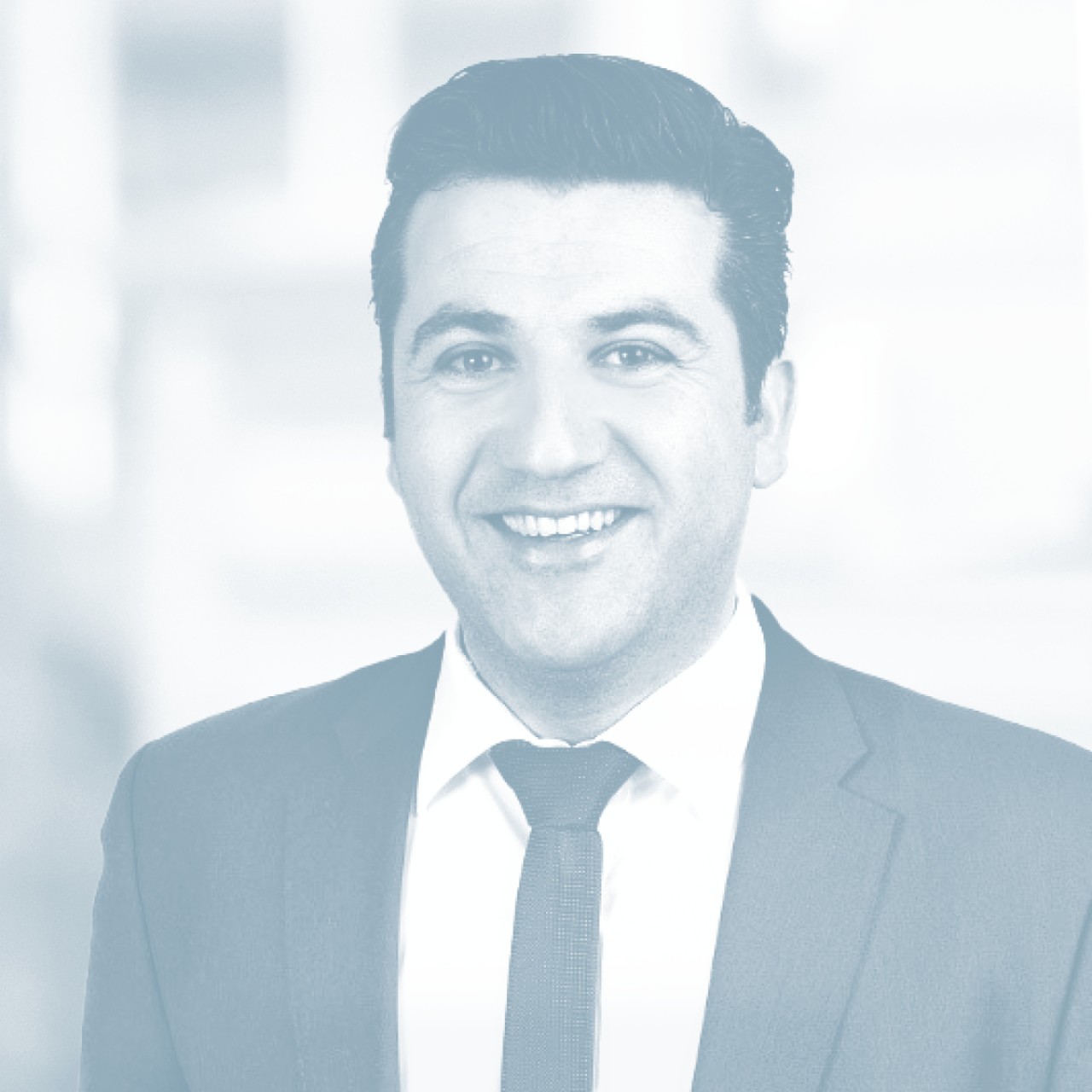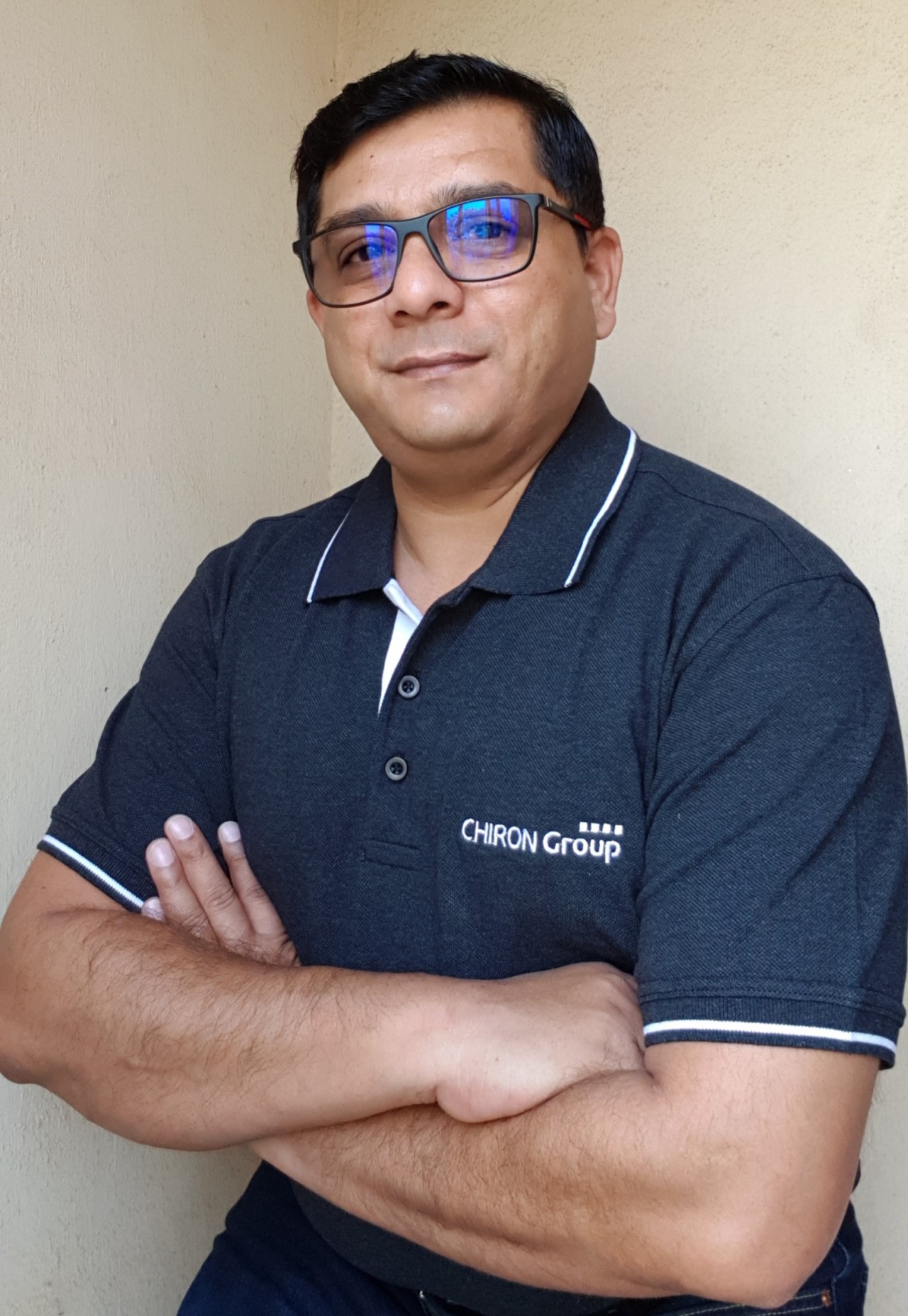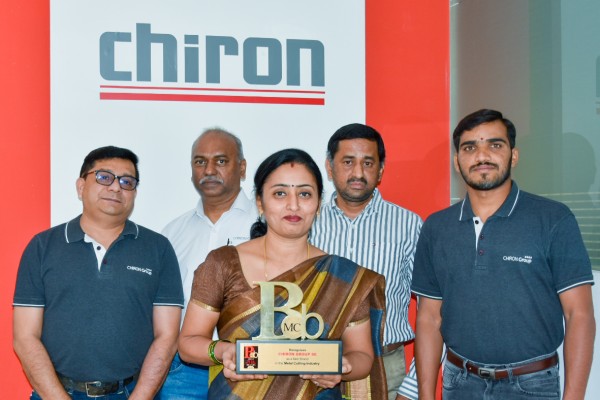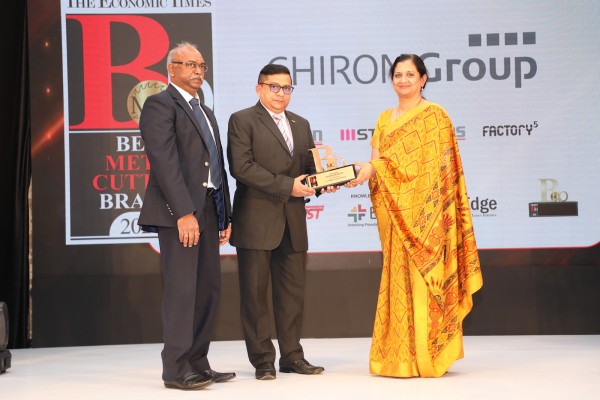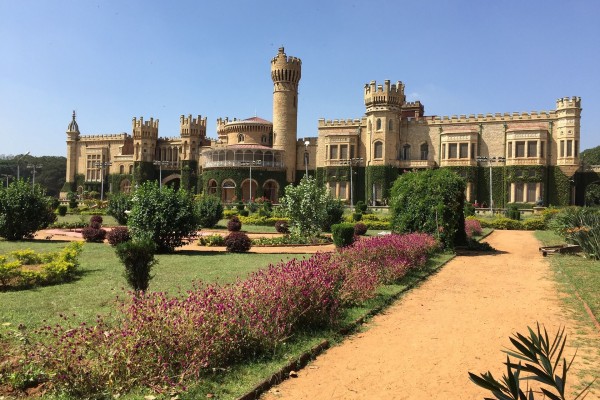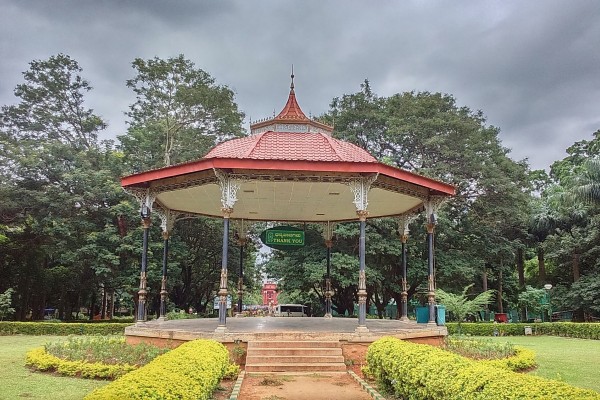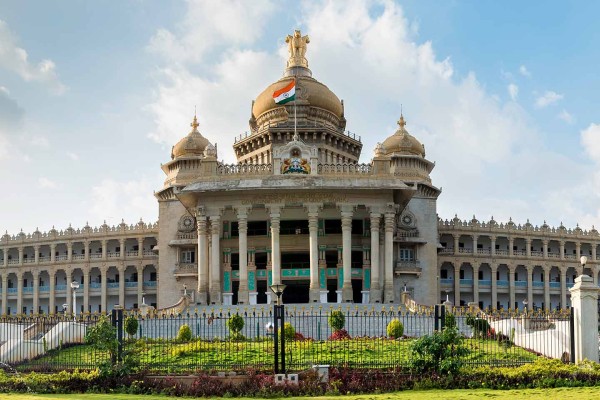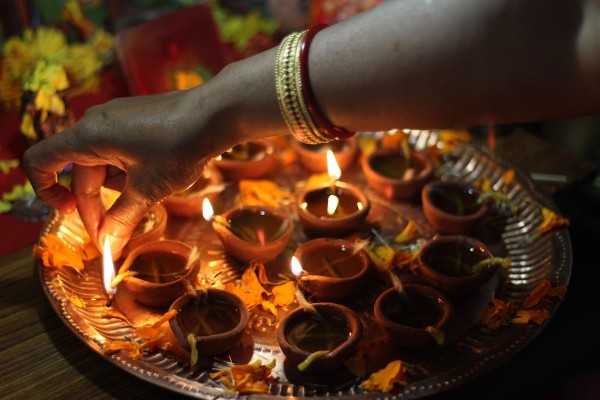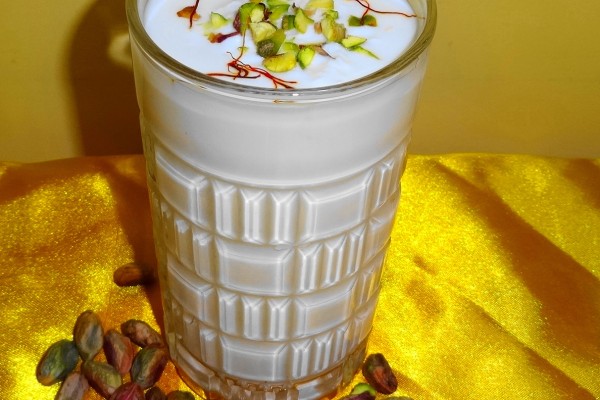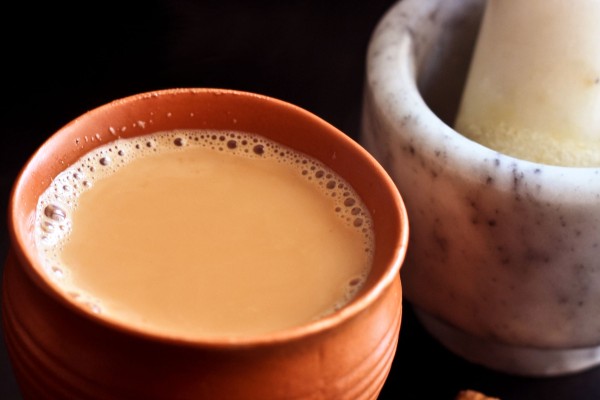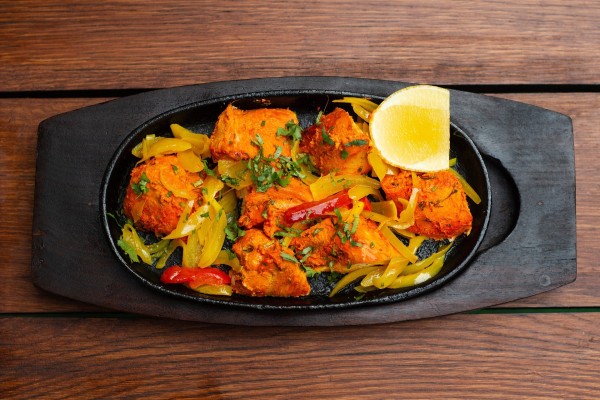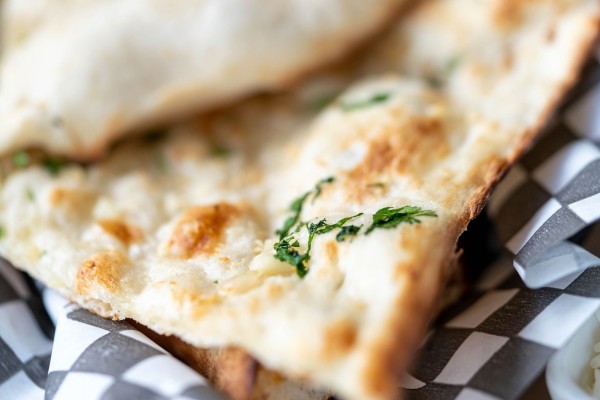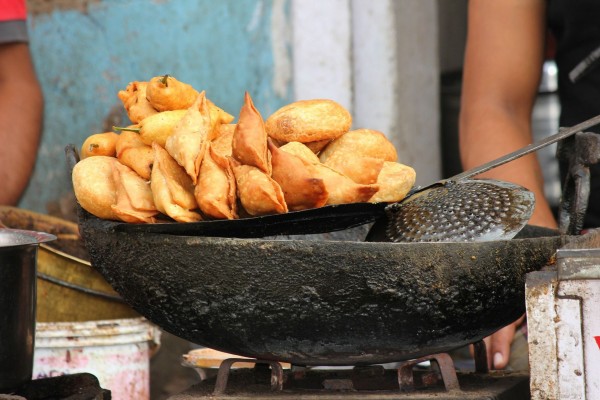Mr. Schauland,
you have been responsible for production in the entire CHIRON Group since May
2019. What areas are included in this and how many employees work in Production
currently?
As well as the final assembly, Production also includes
pre-manufacturing – pre-assembly of individual modules and mechanical
machining. Also, commissioned designed, preparation of drawings, parts lists,
plans and control programs, considering specific customer specifications. Plus,
of course, production control and work preparation. All in all, we employ
around 300 colleagues in these areas. My area of responsibility also includes
factory process planning and preparing for infrastructure investments.
The
restructuring and reorganization of the CHIRON Group at the end of last year
saw Production moved to the Neuhausen ob Eck location. What exactly does that
mean for you?
Concentrating
our resources here is really about concentrating on the final assembly of the
machining centers and the milling-turning-centers. Since January 2021, that’s
all happening in Neuhausen, under the best possible conditions at the CHIRON
Group Precision Factory. If we need to, we can also fall back on the entire
factory structure, we have »breathing halls« which also have great conditions.
Pre-production for both the CHIRON and STAMA brands takes place at the main
site in Tuttlingen and in Neuhausen.
Construction
time
July 2018 to September 2019 (ready for occupancy)
Key building
data
Total area of the new building: 13,700 m²
Layout
Optimal material flow configuration with logistics spine
for all flows of materials
Building
services engineering
Digitization
Smart
Factory Cockpit: Control of air-conditioning, lighting and camera systems
Digital assistance systems in assembly
Contactless logistics bookings
Digital quality testing and assurance (
»digital
fingerprint«)
You mentioned
the factory planning. The Precision Factory was planned for the machining
centers of the new series. The changed in use for the current CHIRON Group
Precision Factory must have required some serious rethinking?
Yes, we completely re-planned the Neuhausen site and fully
reorganized the assembly area. For two reasons: firstly, to integrate the production of STAMA machines from Schlierbach. Secondly, to take account of current market requirements and to be able to act more flexibly. Both in terms of throughput times and in terms of which series are in demand in which markets. In other words, the order structure can be one thing today and something completely different in a month's time. We have to be able to map this accordingly.
How is the
Precision Factory organized now? There was a variety of series to bring under
one roof. Is there one section for STAMA and another for CHIRON?
That wouldn’t make a lot of sense in terms of complete
integration of the STAMA manufacturing. As I said, we want flexible and
efficient use along the entire order structure, and, where possible, to work at
maximum capacity. Only then can our customers fully appreciate the positive
effects of the ultra-modern halls. That’s why we defined a line structure. We
use the »Cluster« or »Fixed place« assembly concept as the basis for allocating
the series to the current six lines. We also consider the complexity,
dimensions and the lead time of machines. A STAMA MT 733 or the new CHIRON MT 715– with an installation area of approx. 25 m² – can’t just be shifted to the
next station, it has to be assembled in a fixed place. For example, we organize
one line using the Cluster concept, with the 08 and 12 Series assembled in a
transfer line. The immediate neighbors are the precision+ models,
which are more complex.
A direct
question now. What advantages does manufacturing in the CHIRON Group Precision
Factory offer customers, what is the added value?
It’s quite simple. If we manufacture all machines in the
optimum environment with the best processes, under reproducible conditions, we
give our customers the optimum machines for their uses. A constant temperature
is particularly important for this. We don’t have seasons here; no icy
temperatures or sweltering summer days, it’s always the comfortable 23 degrees required for maximum precision. Centralized
logistics, material preparation and good crane capacity also contribute to us
being able to fill our halls well, and thus to fully utilize our capacity.
Of course,
certain expertise are required so that the advantages you’ve mentioned come to
fruition. These expertise were also transferred from Schlierbach to Neuhausen.
How was that?
Since January, our subject experts have been fully
integrated into the team here at Schlierbach, guiding them in the
particularities of manufacturing and assembling the STAMA machines and ensuring
that the often-very-complex assembly processes here go smoothly. For
pre-processing in Tuttlingen, we took over systems from the STAMA machine park.
We use these to produce both parts for machine production and spare parts. By
the way, customers with STAMA machines can also continue to rely on the best
service, just as before.
Flexibility is
the name of the game. Is that just true for configuring the assembly lines, or
for employees too?
It’s a good motto. Our goal is to have employees at the
site with the widest possible range of qualifications. It doesn’t make any
sense to have someone who is an expert in the 08 Series when there are no machines to assemble at the
moment. That’s why we really rehearsed and established the change over the last
few months. However, we make sure that special qualifications are also used
accordingly.
The original
plan for the Precision Factory assumed around 400 machines a year, has that
changed too?
Of course. If we are fully flexible, it doesn’t make much
sense to have a fixed figure as a target since the lead times differ greatly.
In 2019 and 2020, the incoming orders were lower than the
previous years, and so we still had capacity to spare. Today, we’re pleased to
say that the Precision Factory is working at capacity as planned; even our
additional space is occupied.
Earlier, you
mentioned the large machining and milling-turning centers were hard to
relocate. How do you handle the turnkey projects, which was separate up until
now?
Sure, but that has changed. Since this year, we are carrying out the turnkey projects, including test
machining, also in Neuhausen. Here, we assemble, build, equip using
automation, install the software, start up and complete administration – the
full program. We can also complete the final inspection. Customers can come by
– when the COVID-19 guidelines permit – and see for themselves how precision is
born. We actually encourage this and are always happy to receive visitors!
Mr. Schauland,
thank you for the interview and may the CHIRON Group Precision Factory always
be working at capacity.
